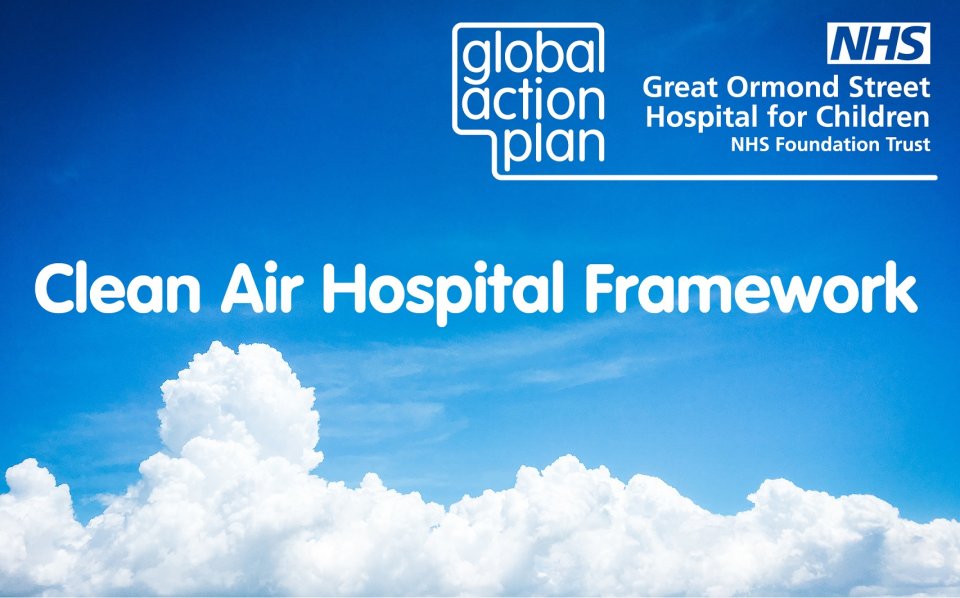News & Stories
Air pollution is now consistently framed as not only an environmental issue, but a serious health issue. Recent research suggests pollution is the greatest environmental threat to human health globally, with growing emphasis on the need for strict government policy.
Here at LSx, pollution is a topic weighing heavily on our hearts; we have been working with communities, schools, scientists and businesses to raise awareness and improve air quality in our cities. Whilst many of our projects have focused on measuring Nitrogen Dioxide, another dangerous pollutant, PM2.5, is also considered a health risk. Our work highlights the need for widespread action in limiting the harmful impacts of air pollution; a need which has been emphasised by a recent report by the British Lung Foundation (BLF). The report reveals the ironic and worrying toxic air surrounding our nation's leading hospitals and surgeries, with a focus on PM2.5 levels in 6 UK cities.
The report, Toxic Air at the Door of the NHS, examines the levels of fine particulate matter (PM2.5) around GP practices and hospitals across the UK. Exposure to PM2.5 may cause both short-term and long-term health effects and particularly affects those with pre-existing respiratory and heart problems. PM2.5 is deemed one of the most harmful air pollutants, with scientists unable to find a level of PM2.5 that can be deemed safe to breathe. With that in mind, PM2.5 levels should understandably be set as low as possible; The World Health Organisation (WHO) advocates for an annual limit of 10µg/m3 with the foresight of continued future reductions.
While the UK currently meets EU limits of 25µg/m3 for PM2.5, this limit is more than double the one outlined by the WHO. BLF recommend the implementation of the WHO limit for PM2.5 into UK law in the upcoming Environmental Bill and greater investment in air quality monitoring at hospitals and health centres.
Findings of the report
The report comprises analysis of PM2.5 levels across a total of 9988 health centres (1,457 hospitals and 8,532 GP practices). The report adopts a central focus on 6 case studies of varying sizes and air quality profiles:
- Birmingham, London, Nottingham, and Worthing for England
- Aberdeen for Scotland
- Cardiff for Wales
1 in 3 GP surgeries and 1 in 4 hospitals in England were found to be located in areas exceeding safe PM2.5 guidelines set out by the WHO. Most worryingly ‘two of the biggest children’s hospitals in the country, Great Ormond Street Hospital and Birmingham’s Children Hospital, are located in areas with unsafe levels of pollution'.


13 teaching hospitals in London are located in areas above WHO's PM2.5 limit
Solutions and Recommendations
The findings of the report are concerning considering the health implications of air pollution; however, they should not come as a complete surprise. Last year, an analysis of air pollution around health facilities conducted by King’s College London and the UK Health Alliance on Climate Change, revealed that seven in ten hospitals and health centres are in inner London areas with illegal levels of toxic air. The report released by BLF outlines the scale of the problem, and has put forward three crucial recommendations in response:
- Adhering to the WHO guidelines for PM2.5 levels rather than those currently outlined in UK law. Alison Cook, director of policy at BLF, stated ‘It’s unacceptable that vulnerable people with NHS appointments are being exposed to toxic air that could make their health worse…The ball is now in the Government’s court; we want them to adopt WHO’s limit and ensure we meet it.’
- Ensuring the existence of Clean Air Zones which take into account hospitals and health centres in areas most heavily affected by air pollution across the UK.
- Investing more heavily in air quality monitoring to allow the public to make informed and accurate decisions on where they receive their care.
At LSx we are committed to improving data and understanding of air quality, bringing together scientists and community members to collate data and map local air quality across our communities. We should see continued air quality monitoring projects undertaken across the nation, helping to build air quality databases that can contribute to informed decision-making processes. Our Cleaner Air 4 Schools projects have found levels of NO2 over twice the EU limits frequently across schools; high levels of NO2 suggest accompanied high levels of PM2.5 as their concentrations are usually in correlation with one another. Whilst our research and projects at LSx have centred primarily on schools, businesses and communities, the recent focus of researchers on health centres highlights the ongoing injustice of pollution disproportionately affecting our most vulnerable citizens.
Through our Cleaner Air 4 Schools and Cleaner Air 4 Communities programmes, we aim to enhance conversations surrounding air quality through empowering and educating communities, encouraging small changes in behaviour to bring about wide-scale changes to our local environments. It is important to stress that individual efforts towards change should not be overlooked. Contacting your local health and well-being board to ensure that air pollution is included in the environmental strategy and ensuring that relevant bodies are taking appropriate actions to implement the strategy, is a valuable positive step towards encouraging cleaner air in our cities. Despite the health impacts associated with air pollution, the NHS has not yet run a campaign on air quality. A greater level of investment in campaigns from health bodies could encourage wide-scale awareness of the damaging impacts of air pollution whilst inspiring both governmental action and community behaviour changes. The NHS and various health facilities should receive funding to help communicate impacts to a wide-reaching audience, offering advice to the public on ways to limit exposure to the harmful health effects and encouraging citizens to avoid exacerbating our cities' poor air quality through behavioural changes.
To expose vulnerable patients and those who care for them to highly polluted air that is beyond their control is unjust. The BLF report emphasises that this is not the fault of hospitals and should not dissuade patients from seeking medical help. What we really need to focus our attention on is investing time and money into air quality monitoring and encouraging WHO’s suggested limits for PM2.5 levels. A reduction in pollution levels would see an accompanied reduction in NHS and social care budget costs whilst reducing the number of cases of various respiratory and cardiovascular diseases. With evidence of the health risks of air pollution surmounting over recent months, there is little time for complacency. We must take a strong and decisive approach to tackling air pollution at community, regional and national levels.
Want to talk to us about any of our projects? Please get in touch with us here.




